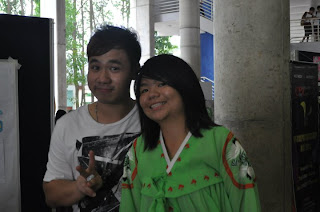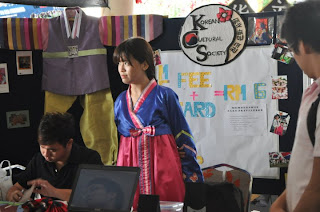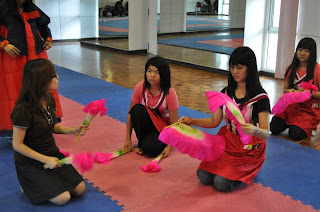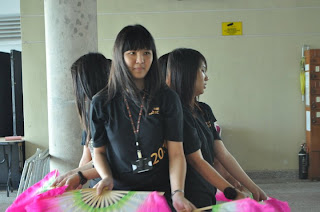This is our very first Korean Cultural Society (KCS)'s Annual General Meeting~
Do not shy to bring your friends who are interest to join this BIG FAMILY ya~
Weeeee !!! KCS welcome all of you~
Kamsahamida~
The below was the detail regarding our AGM:
Korean Culture Society Annual General Meeting 2011/2012
Date: 4.07.2011
Time: 7.30pm
Venue: Exam Hall
Brief about our AGM, we will expose you all more information about our activity as well as our club.
.
* Guys & girls, please help to spread this news around ya* Remark: Those who still interested to join this club, they can attend our AGM
for registration and be our official club member
* Fees for member: RM 6 per annum
* Do remember to bring money (around RM 50 for deposit) if you interested to join our activity Language, Dancing and Cooking program... registration will be start right after the AGM finish, the number for register every program is limited only first come first serve.
* Do remember to bring money (around RM 50 for deposit) if you interested to join our activity Language, Dancing and Cooking program... registration will be start right after the AGM finish, the number for register every program is limited only first come first serve.

































